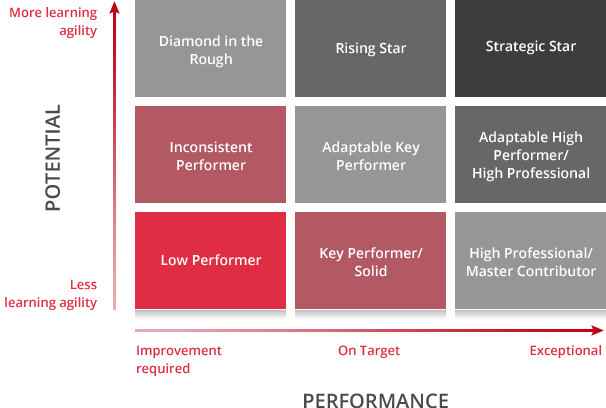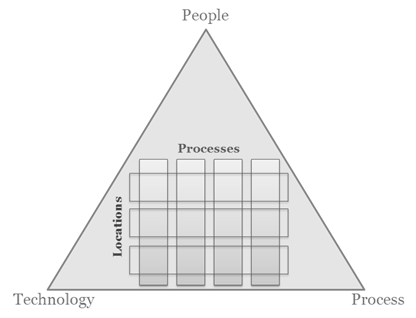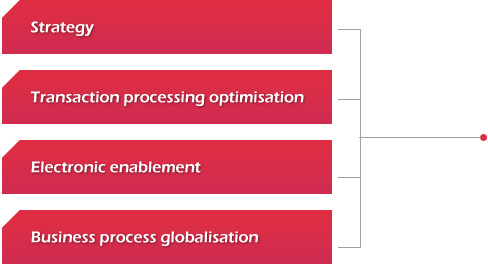

Our approach to assessing culture includes elements that focus on the delivery of business results through aligning culture to the organization strategy and brand. It is important to note that our model is flexible to the needs of the organization, which may have already embarked on certain aspects of this approach and therefore, can start at any point.
Culture assessment may be combined with engagement and motivation programs.



3308 Sky Ridge Lane, Cedar Park, Texas 78613, United States
info@dlmamerica.com